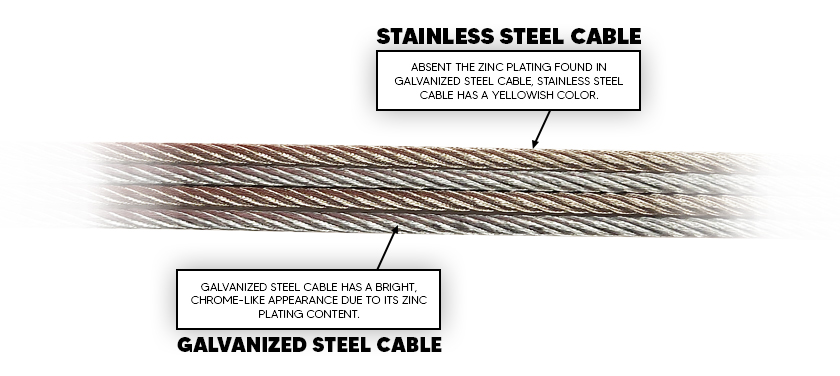
Stainless wire ropes are vital for their strength and corrosion resistance. Blogs offer insights for professionals and DIY enthusiasts on their uses and benefits. Here’s what you can typically expect to find in these blogs:
The most common occurrence of fatigue happens when a wire loses its ability to bend. Bending is caused by some form of constraint that can prevent ropes from freely moving. All wire ropes are subject to this problem, though the severity and nature of fatigue vary depending on materials, machine type, and application. Even verope wire ropes suffer from this problem.
It is common for fatigue to become accelerated as a result of abrasion, kinking, and nicking. When breaks occur as a result of fatigue, and there is a sign of wear and tear, the main culprit is considered bending stresses experienced under load over a sheave. When bending around a sheave, the strands of a rope must move relative to each other. This movement compensates for the difference in total traveling distance between the underside and the top side of the rope. If a wire cannot move properly, the rope’s actions will be adversely affected.
Understanding the signs of wire rope fatigue is crucial for maintenance and safety. Regular inspections should focus on identifying early signs of wear, such as:
This is an immediate sign that the rope is undergoing significant stress and fatigue.
If a rope that was once rigid becomes noticeably easier to bend, it indicates weakening of the material.
Excessive bending can cause localized heating in the wire, which may not be immediately visible but can be felt during inspections.
These physical deformations can significantly accelerate fatigue, making regular visual and tactile inspections vital.
To mitigate the impact of fatigue on wire ropes, several best practices can be employed:
Regular Maintenance: Consistent and thorough inspections to catch early signs of fatigue can prevent catastrophic failures.
Proper Handling: Ensuring that ropes are handled correctly to avoid unnecessary bending and stress.
Use of Appropriate Materials: Selecting wire ropes made from materials best suited for the specific application and environment can reduce the risk of fatigue.
Lubrication: Regular lubrication can reduce friction between the strands, minimizing wear and extending the life of the rope.
By understanding and addressing the factors contributing to wire rope fatigue, operators can significantly extend the service life of their ropes and ensure safer operations.
A: We offer 302, 304, 316 stainless steel in diameters from 0.15mm to 50mm.
We have various cable constructions and finishes (bright, dull). Black/white PVC coating available.
A: Contact our team to discuss your requirements.
Pricing & Shipping:
A: We source high-quality materials competitively.
A: FOB, CFR, CIF, door-to-door. We’ll advise on the most economical option.
A: We offer stock and efficient mill deliveries with minimized lead times. We’ll provide an estimated timeframe upon confirming your order.
Stainless wire ropes are vital for their strength and corrosion resistance. Blogs offer insights for professionals and DIY enthusiasts on their uses and benefits. Here’s what you can typically expect to find in these blogs:
Abrasion resistance is necessary if the wire rope will be dragged over rough surfaces. Ropes made of many small wires are not ideal for resisting abrasion as they wear down faster. Instead, opt for ropes with fewer and larger wires to handle abrasive conditions better.